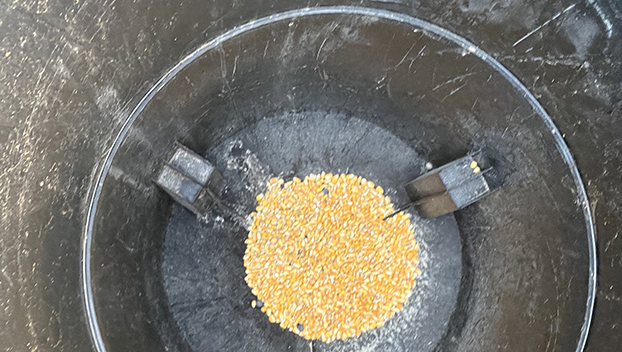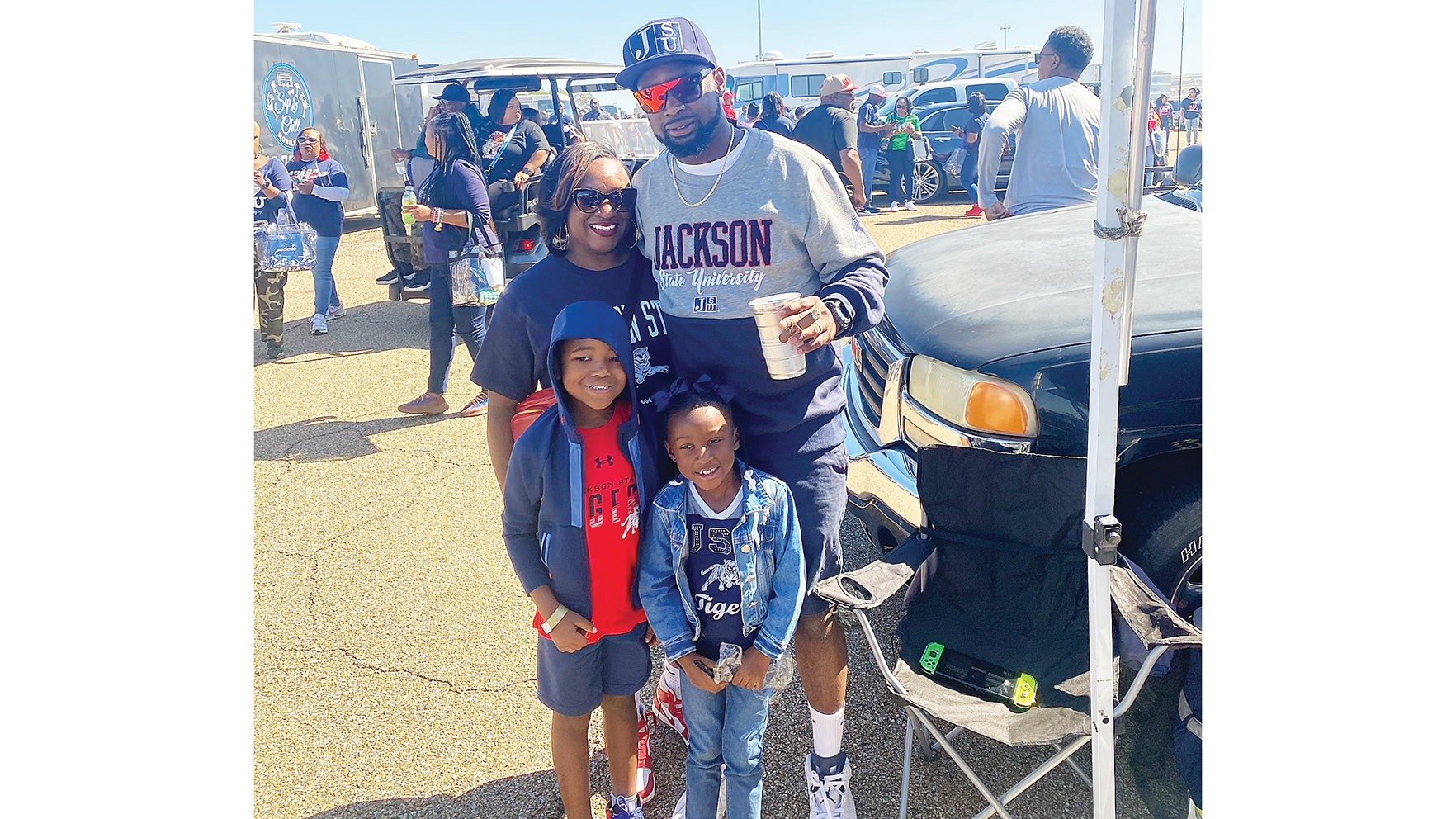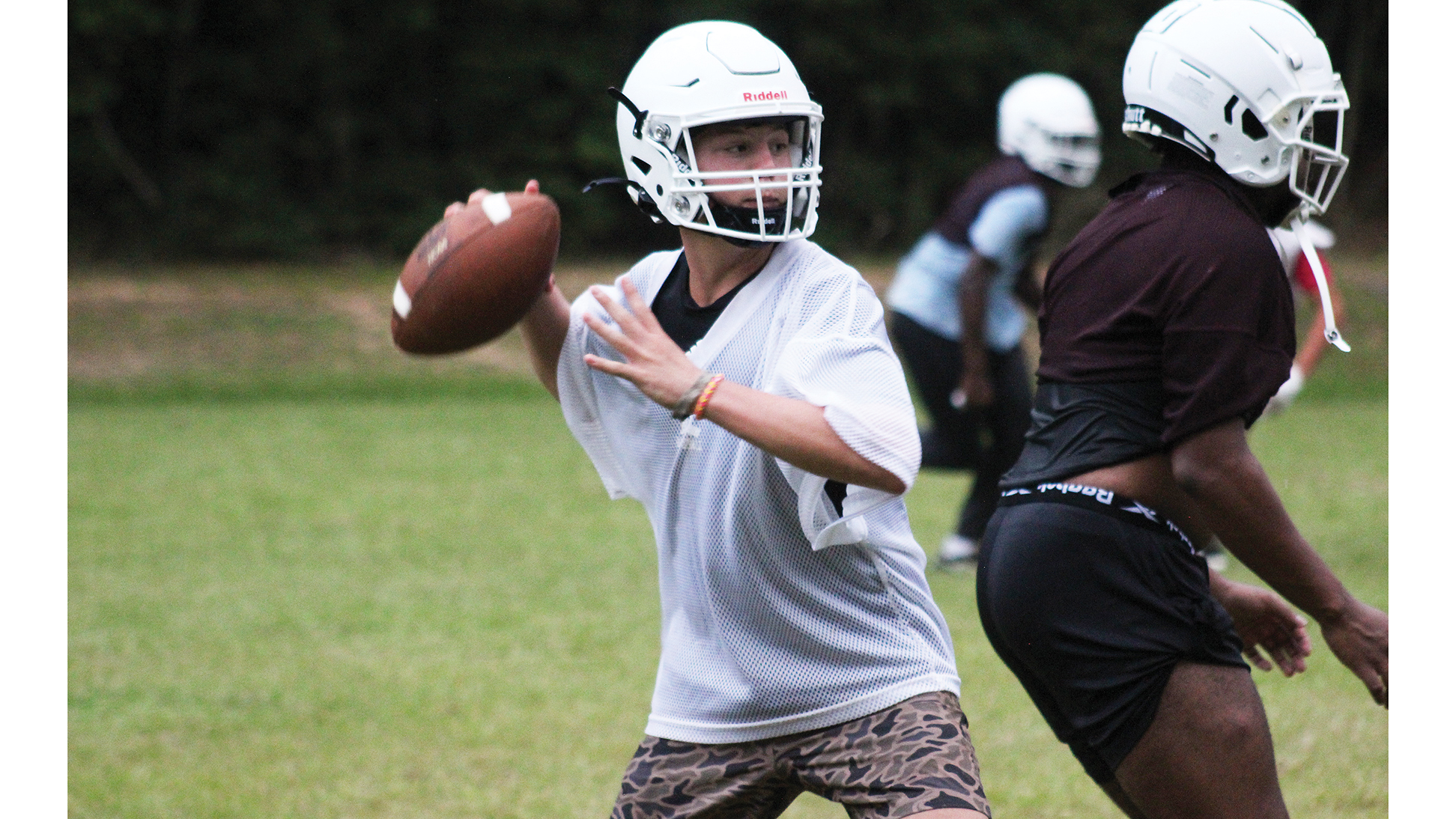How prevalent is supplemental feeding in Mississippi?
Published 1:30 pm Friday, March 22, 2024

- A small amount of corn left in a feeder in Lincoln County. Proper habitat management is more cost effective than filling a feeder and can help increase daytime deer movement. (Hunter Cloud | The Daily Leader)
MCCOMB — Commissioners of the Mississippi Department of Wildlife, Fisheries and Parks heard an educational session on supplemental feeding and disease management Thursday morning. MDWFP was able to quantify how prevalent supplemental feeding is in Mississippi.
The session looked at how the mechanism of feeding congregates animals unnaturally and the disease risks associated with feeding.
The discussion on supplemental feeding and disease management comes after commissioner Leonard Bentz charged the wildlife bureau staff to come up with a summary of research on the topic at the February commission meeting. Bentz and Scott Coopwood were curious about the impact of feeders and disease primarily in relation to Chronic Wasting Disease.
Trending
One of the more controversial aspects of CWD management is the banning of supplemental feeding. CWD is a 100 percent always fatal disease which is spread by an infectious prion. A higher concentration of deer would in turn pose risk of CWD spread.
Since the legalization of supplemental feeding in 2007, the role of feeding in hunting has transformed over time along with regulations becoming looser and looser.
Mississippi State University recently conducted fixed wing transects surveys to determine how prevalent supplemental feeding was in the state. A fixed wing transect is where pilots fly a specific cross section of Mississippi to obtain the density of feeders per square mile which is then used to estimate the number of feeders statewide.
MSU estimated there were 118,000 feeders statewide and that is likely a conservative estimate. Essentially, that is one feeder per 13 deer. Those feeders were based off of 1,200 miles of fixed transects flown from the Mississippi Coast to Tennessee and from the delta to the Alabama border, MDWFP deer program coordinator William McKinley said. The survey covered one mile bandwidths but could not calculate any feeders hidden in the woods.
MDWFP surveys showed 87 percent of DMAP clubs did not feed corn in 2017. Data showed 54 percent of the clubs used feeders in 2017. The clubs that did supplementally feed used corn at a prevalence of 87 percent. In 2017, the conservative estimate of feeders on the landscape was 40,500.
No action was taken in the meeting towards a supplemental feed ban. Commissioner Leonard Bentz claimed he was prepared to “make a motion today to enact a statewide feed ban.” Commissioners Gary Rhodes and Scott Coopwood were not present at the meeting but Coopwood was on the phone.





